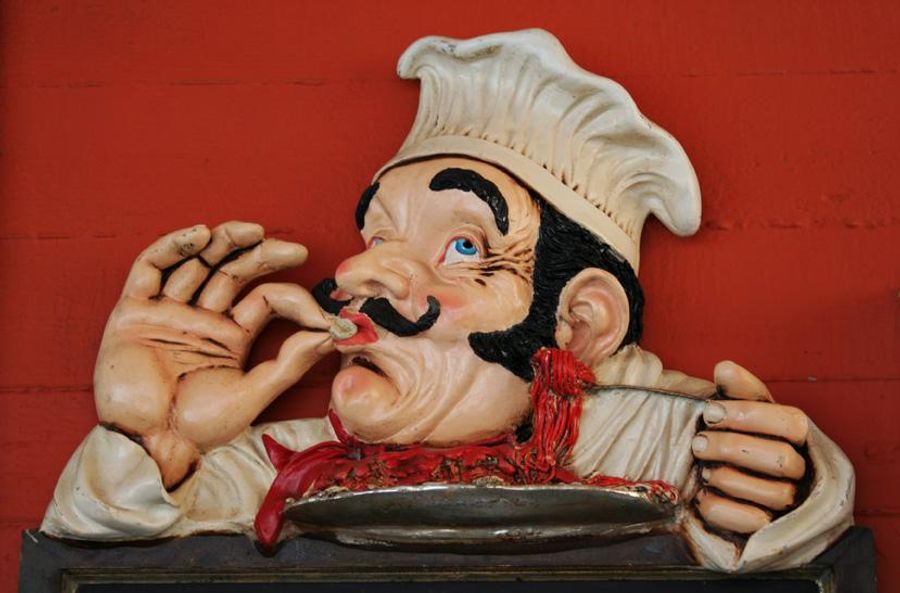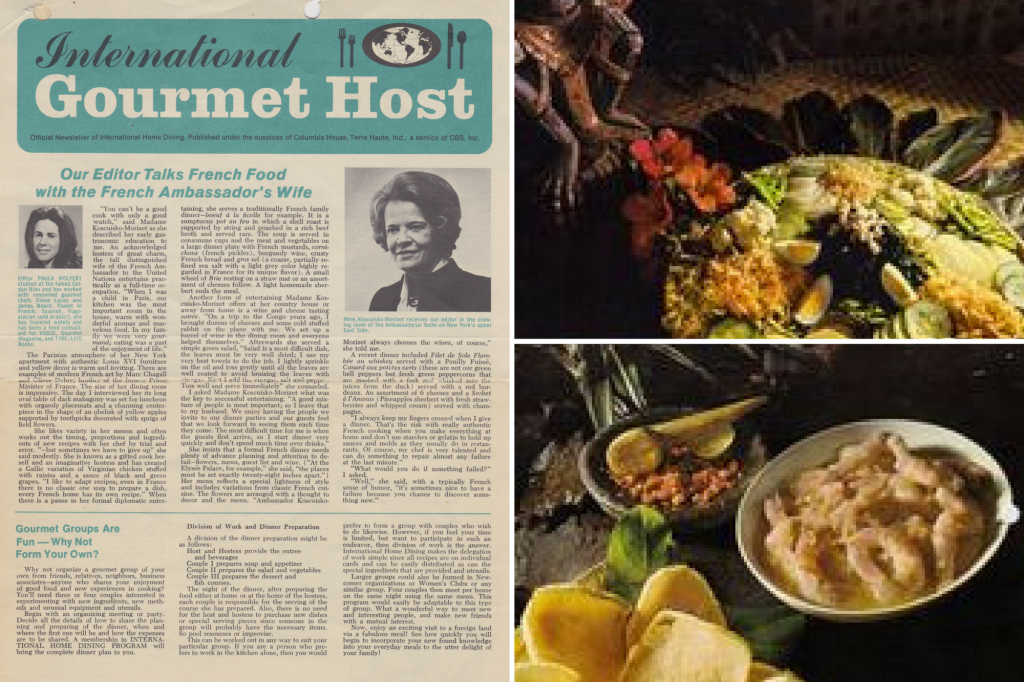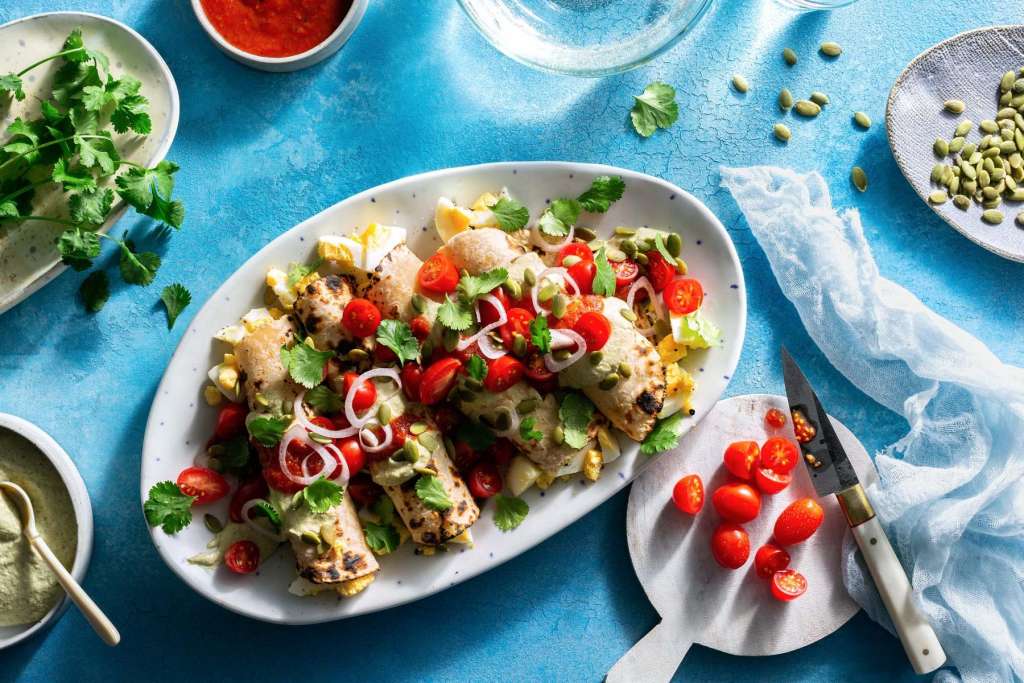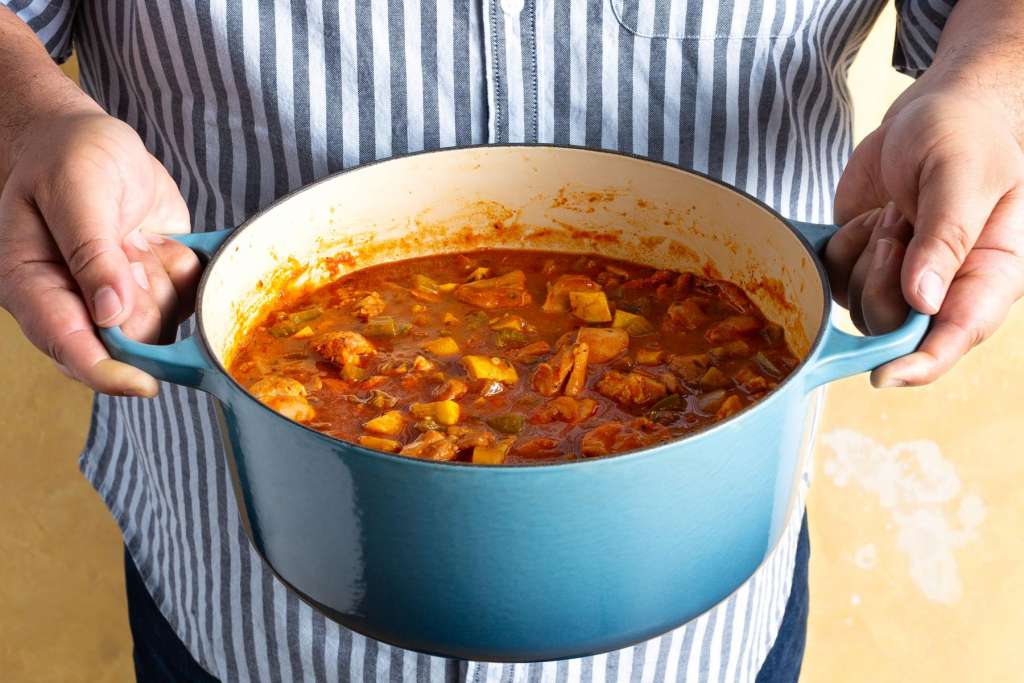From Mongolia to Portlandia

Long before the bearded, flannel-shirt-clad crowd embraced a nose-to-tail ethos and made fermentation crocks standard kitchen equipment, the nomads of Mongolia found a way to use every last kitchen scrap. Take, for instance, bodog. First you get a sheep. The animal is slaughtered and dressed, the organs are made into soup, and the skin is sewn into a sack-like cooking vessel. (Pots and pans can be such a drag when you’re constantly on the move.)
When it’s time to cook, first, rocks are heated in a fire fueled with sheep dung (trees are sparse in this extreme climate). The hot stones are placed inside the sheep skin, layered with fresh sheep meat, then the neck hole is sealed shut with a wire. The stones provide an even heat while the hide traps the steam. Think of it as extreme braising.
This kind of resourcefulness defines the Mongolian kitchen. Vegetables are scarce here, where it’s not unusual for temperatures to slip to -40°F during the course of the long, dry winters. These always-on-the-go types rarely stay in one place long enough to tend a crop from seed to harvest anyway. Mongolians subsist almost entirely on the meat and dairy products from the animals they herd. But constraints fuel creative solutions, and the nomads are masters of fermentation. While the rest of us live and die by the sell-by dates on our milk cartons, Mongolians turn leftover milk into yogurt, cheese, even vodka. Any remaining bits of yak and goat meat are dried to make jerky.
If their diet sounds eclectic, it follows one key rule: This is a cuisine of portable foods with enough fat and calories to sustain a body on a journey across the Mongolian steppe. Call it the ultimate in sustainable cuisine.









